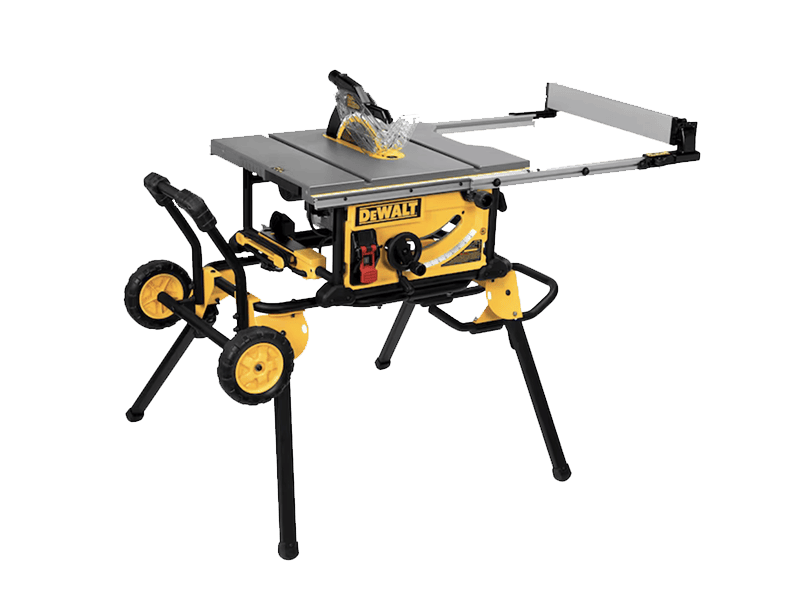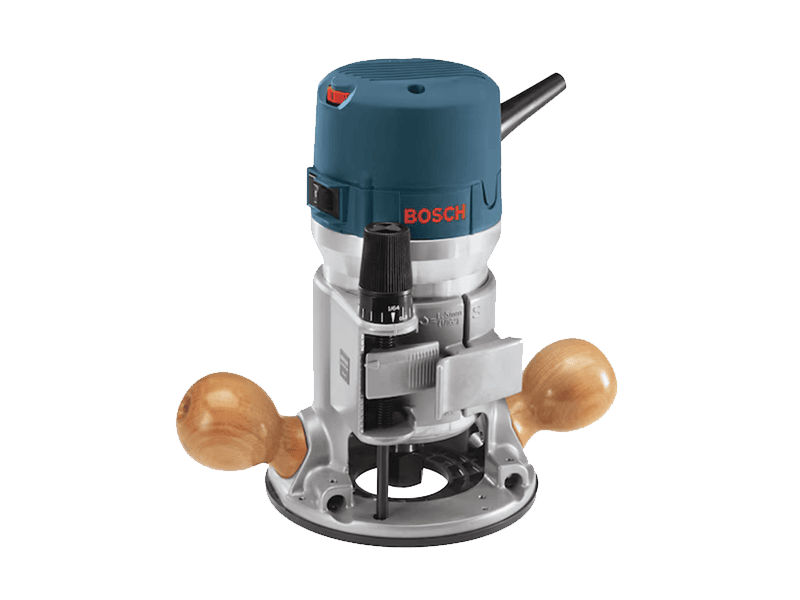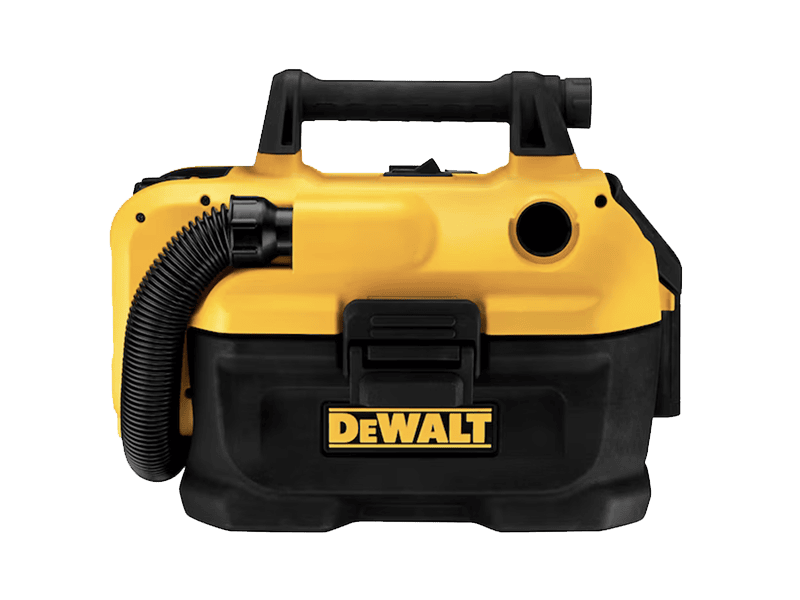Whether you’re brand new to DIY or looking to expand your toolkit, this guide will help you understand the tools you need at every skill level. Keep reading to learn about the purpose of each tool, along with our personal favorites and recommendations.

Before we jump into power tools, let’s start with the basics: hand tools. These are tools every homeowner and DIY novice should have for basic projects around the house.

Tap the photos to shop! ↓

Tape Measure
A tape measure is one of the most used hand tools, and quality matters. Avoid the frustration of struggling with a flimsy tape, and get a reliable brand like this Craftsman (ideally at least 25 feet long).
Hammer
You’re probably already familiar with this basic tool, but we use ours most often for hanging (and removing) picture hooks from our walls. A rubber mallet is also a good idea to have around.


Screwdriver set
For most simple household tasks, you’ll reach for a handheld screwdriver first. Make sure to get a kit with a variety of bits, and opt for a ratcheting set to save your time and energy.
Utility Knife
From opening boxes to cutting caulk lines, a good utility knife is a household essential. The on-tool storage for extra blades is a convenient feature of this Kobalt knife.


Plier set
Having the right type of pliers for the job is essential, and this set will provide what you need for the majority of tasks.
Chisel set
Chisels are a must-have for many woodworking projects, along with household tasks like door hardware. Get a kit with a few different sizes to cover your bases.


Studfinder
A reliable studfinder is essential for drilling into walls, and this little guy takes all the guesswork out with a magnet that detects drywall screws attached to your studs. A must-have for every homeowner, IMO.
Speed square
The speed square (actually a triangle shape) and the combination square (a long ruler with a stopper) come in handy so often. Whether you’re ensuring your joints are square or marking lines with exact precision, these tools should always be within arm’s reach.


Clamps
You can never have enough clamps, and these quick grip clamps will get the job done for most projects. Easy to use, very strong holding power, lightweight and compact. For bigger pieces, we recommend these parallel bar clamps.
Level
A level is required for a wide range of DIY projects and tasks, and I highly recommend getting both a small and large level.


When you’re ready to tackle your first DIY project, there are a handful of power tools you’ll need to have handy. These tools will allow you to complete just about any basic DIY, including most of the DIY projects on my blog.
Tip: it’s convenient to stick to one brand, as the batteries are interchangeable across their cordless power tools. Most of our power tools are Dewalt, and we’re loyal fans thanks to their solid reputation and reliability.

Drill and Driver Kit
A drill/driver will be your most used power tool, so you’ll want to make sure it’s high quality. This impact driver has a convenient quick-release attachment so we reach for it more often than the drill. Don’t forget your drill bit set!
Electric Sander
I’ve spent countless hours of my life with an electric sander in my hand, and this cordless orbital sander is the best. A must have for any woodworking or refinishing project. Consider getting a detail sander as well for smaller surface areas.


Circular Saw
From quickly chopping 2×4’s to cutting straight lines in larger sheets of wood, a circular saw is an invaluable and versatile tool. We prefer this compact, easy to use version to a traditional larger circle saw.
Miter Saw
One of the most-used power tools and best investments you’ll make. A compound miter saw will allow you to make precise beveled and angled cuts necessary for molding, trim, and furniture projects. Highly recommend getting a dual-bevel sliding model to cut larger boards (you’ll thank yourself later!)


Nail gun
A finish nailer is used for any woodworking projects requiring nails. We used a pneumatic nail gun with a bulky air compressor for far too long before upgrading to this cordless version a few years ago. Skip the frustration and go straight for this one if you can!
Jigsaw
One of the least intimidating power tools, I recommend a jigsaw for every beginner to start with. A jigsaw allows you to cut irregular shapes on boards of all sizes with precision. Great practice for getting comfortable with larger saws.


Table Saw
When handheld and miter saws aren’t big enough for the job, a table saw is the answer. It’s ideal for cutting larger sheets (4×8′) or ripping down longer boards. One of the biggest tool investments, but well worth it for the DIYer.
Oscillating Multi-Tool
This handy tool has multiple attachments for smaller jobs like cutting into baseboards, drywall, scraping, sanding and more. It’s beginner-friendly and easy to use for a wide variety of applications.


When you’re ready to go beyond the basics, there are a variety of tools to take your DIY skills to the next level. Most of these are useful at any skill level, and will make your projects easier and more enjoyable.

Kreg Jig
If you plan to build furniture, cabinetry, or attach wood together without any visible screws—a Kreg Jig is essential. I’ve used one for the last decade, and this latest model is their most intuitive and easy to use yet.
Laser Measure
The quickest and most precise way to measure longer distances. We always have ours on hand when measuring rooms and distances between objects throughout the house.


Laser Level
A laser level is a great guide for hanging gallery walls, installing shelving, cabinetry, tile and more. A much better solution than measuring and marking up walls.
Electric Planer
A planer isn’t required for most projects, but when it is, nothing else will do. Use it to shave down wood to get a smooth and level surface.


Angle Finder
A digital angle finder is a great tool to get a precise measurement when installing trim, molding, or woodworking projects. This one is a great addition to any DIY enthusiast’s toolbox.
Router
A router is a versatile tool that allows you to cut and shape wood with a variety of attachments. It’s used by pros and advanced DIYers who want to take their woodworking skills to the next level.


3M Worktunes
Not a tool persay, but these bluetooth headphones are frequently used in our garage. They provide hearing protection while allowing you to listen to your favorite music and podcasts through your phone’s connectivity. (Hint: they’re a favorite Father’s Day gift!)
Cordless Wet/Dry Vacuum
This wet/dry vacuum helps to keep jobs tidy by collecting dust and allowing for a quick clean-up. The cordless feature makes it convenient to move around. It’s a must-have for our indoor projects.

There you have it—28 of our recommended essential tools from beginner to skilled DIYer. I hope this list was helpful for anyone just getting started, or looking for the next best tool to add to their arsenal. PSA: Many of these are on sale now and would make great Father’s Day gifts! Stay tuned for Lucas’s picks next week 🙂







Joanne says
Jenna, there are so many pop in ads that I cannot determine what is your blog and what is an ad. It’s the most bizarre thing – like ads for purses, Kohls, cars…
Jenna Sue says
Hi Joanne, thank you for letting me know! There should not be any pop-up ads enabled at all, so I will make sure to bring this up to my ad network!
Kristin says
Thank you!!! You just built my wish list for filling in the gaps in my tool library (not a Father!!). The only other item I feel I need to borrow on occasion is a heat gun.
Jenna Sue says
So happy to hear that Kristin! I’m glad this breakdown was helpful 🙂